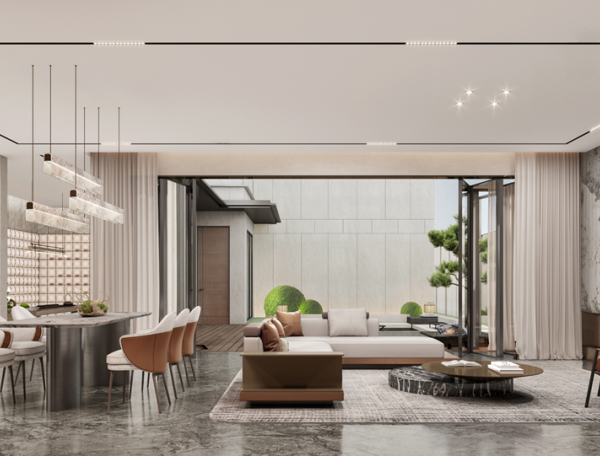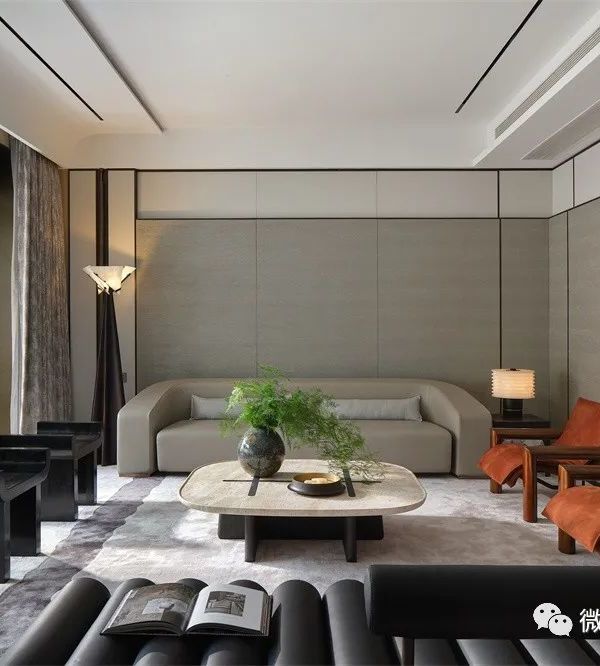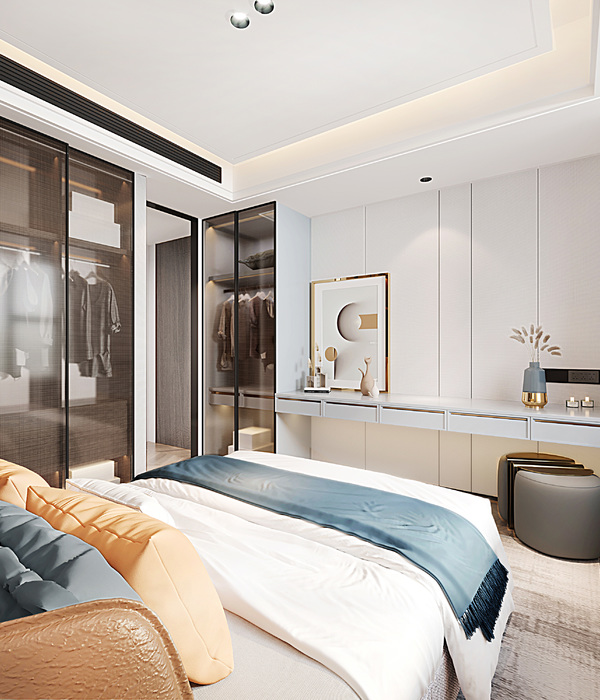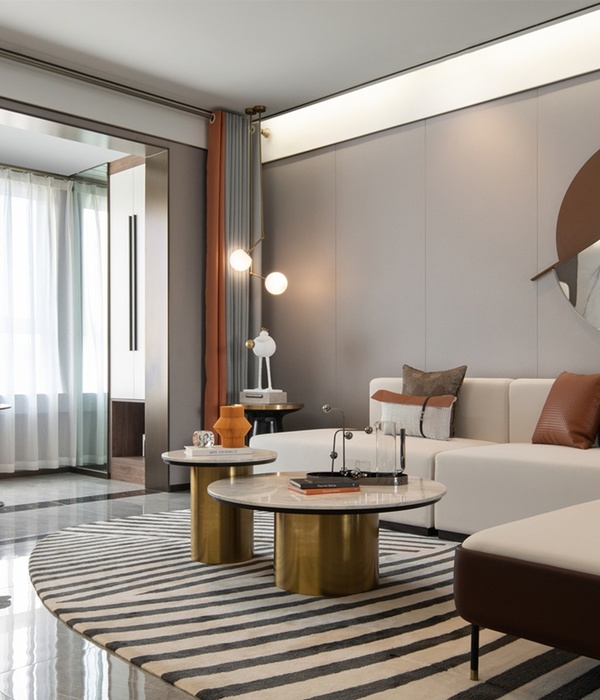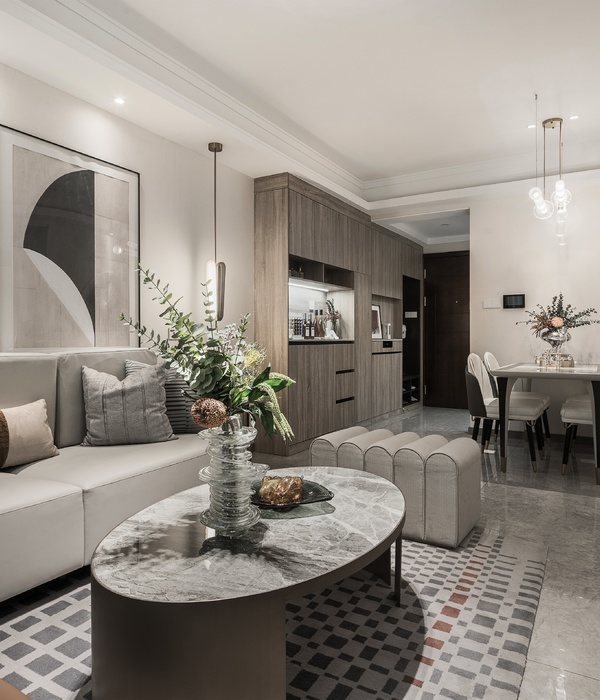Used in all seasons, the cabin is conceptualized as a single volume that can be completely open or compartmentalized for sleeping and privacy. The main space of kitchen, living and dining opens up to a screen porch, extending the perceived volume and adding 250 square feet of living area. The porch serves as sitting, dining and entry spaces, and the sloping roof allows for a sleeping loft above. The two sleeping nooks are in the same overall space as the living area, and are defined by two retractable curtains on stainless steel cables.
Transparency and openness strengthen the connection between forest and cabin. Two large front sliders open to the east to capture upslope breezes from the mountainside, while a continuous strip of operable clerestory windows open to the west at the top of the sloped ceiling, providing a natural ventilation effect in the summer, cooling the interior. On days with minimal air movement, three high fans cool the sleeping areas and kitchen. The stained and polished concrete floors are equipped with a radiant heating system, and they provide a thermal mass to keep the space warmer in winter and cooler in summer.
The clean detailing, abundant glass and simple form create comfortable and flexible openness. The same concepts are being extended to the design of Phase 2, currently in development at MMA. We are providing services in programming, concept design, architectural design, interior design, construction documentation and construction administration.
2010 Honor Award for Design Excellence, Small House, Boston Society of Architects Evan’s Role: Project Designer & Project Manager Photographer: Nathan Eikelberg Photography
{{item.text_origin}}

